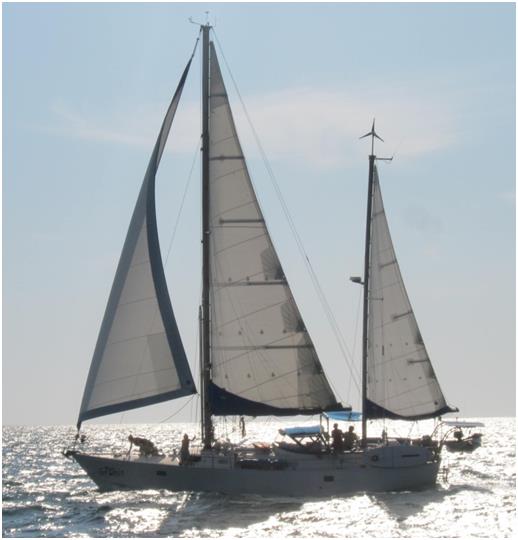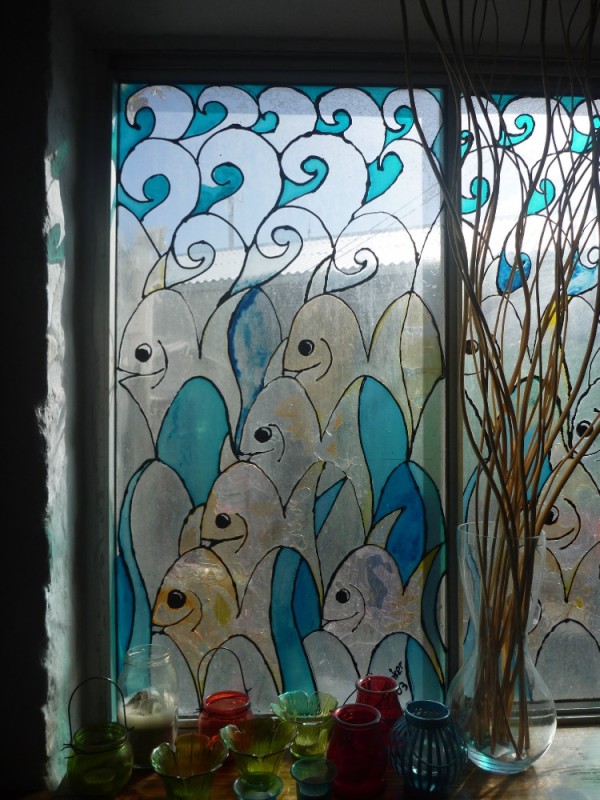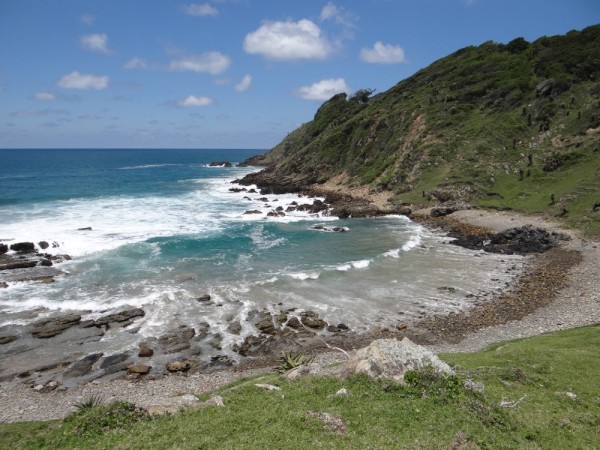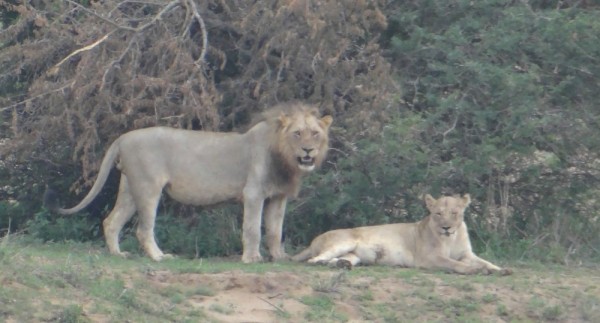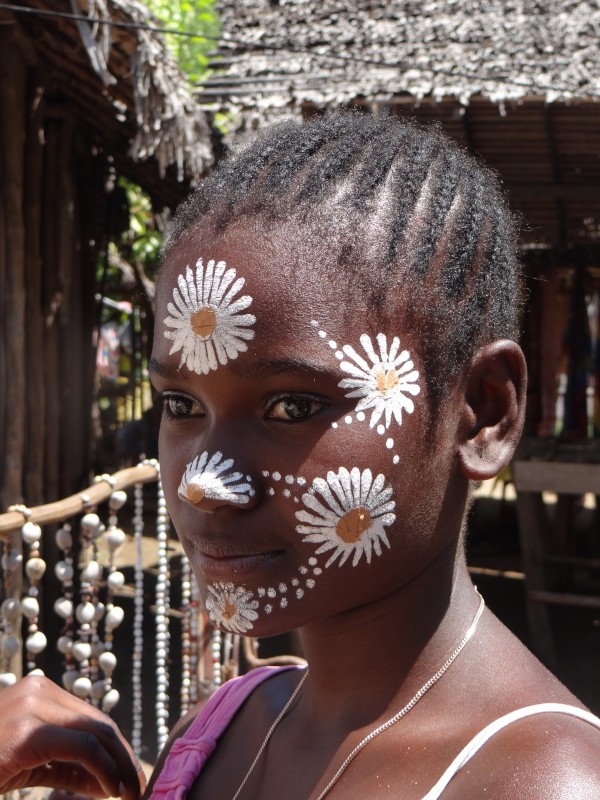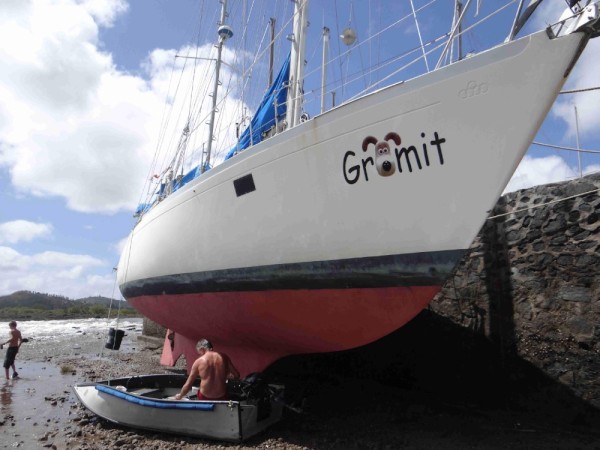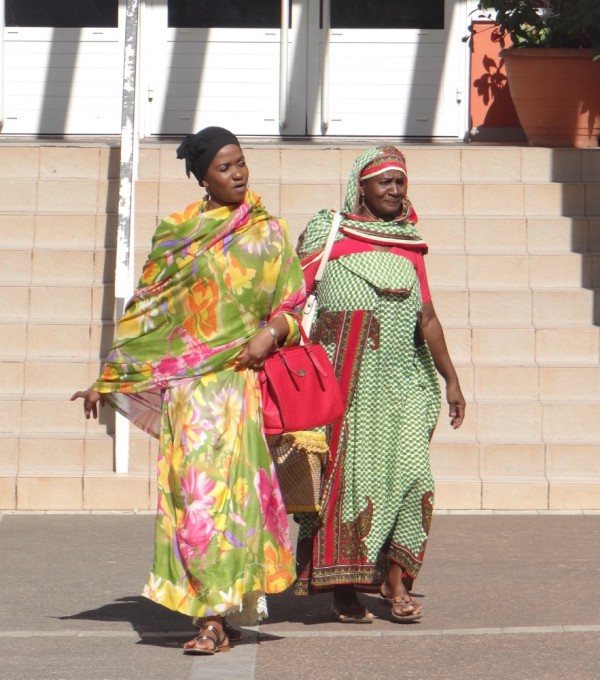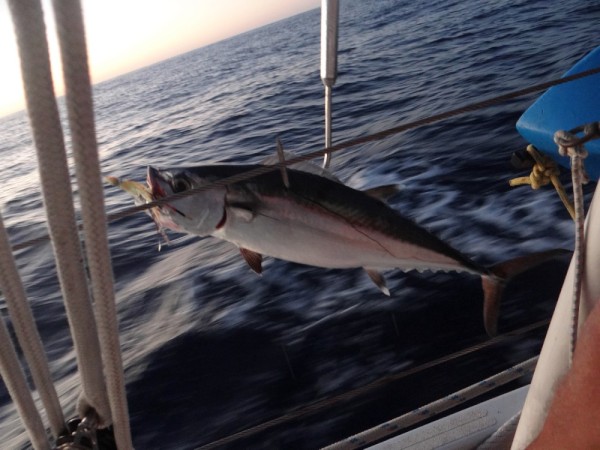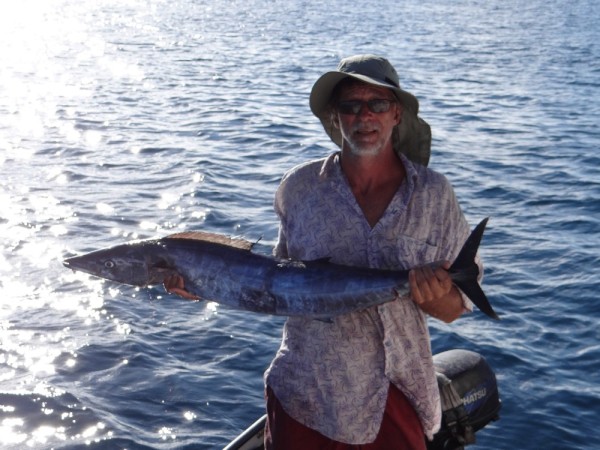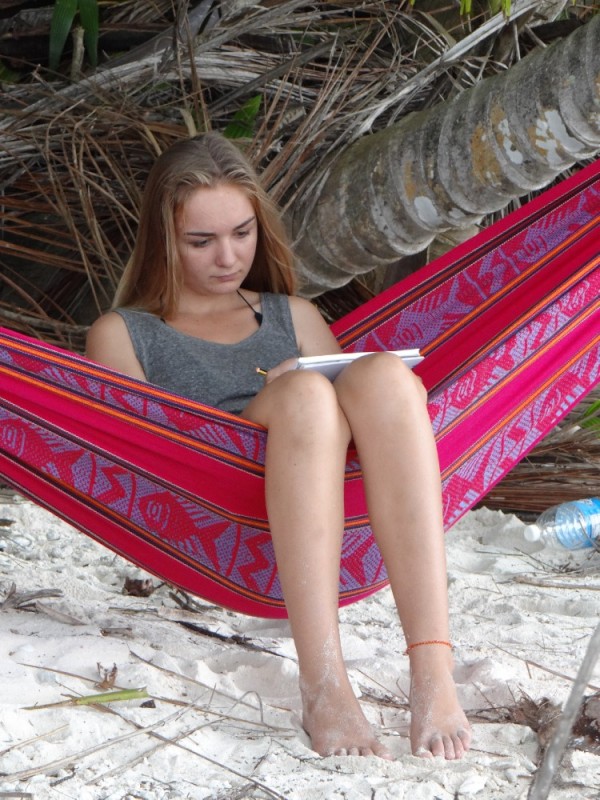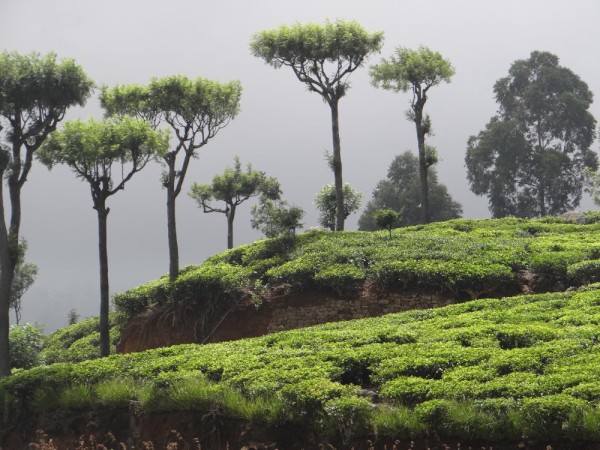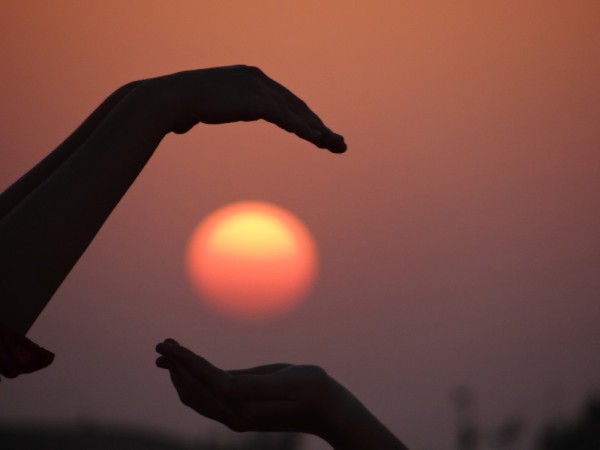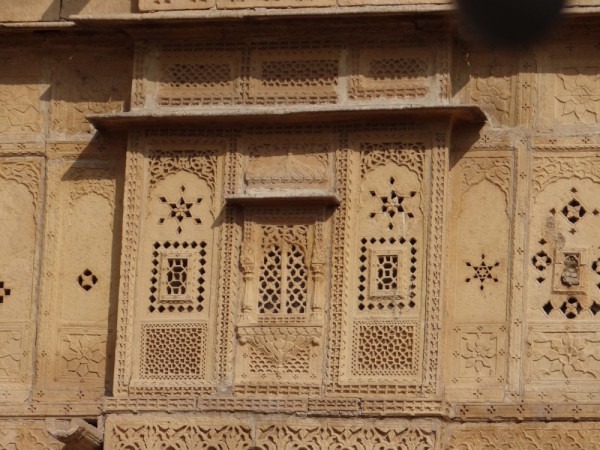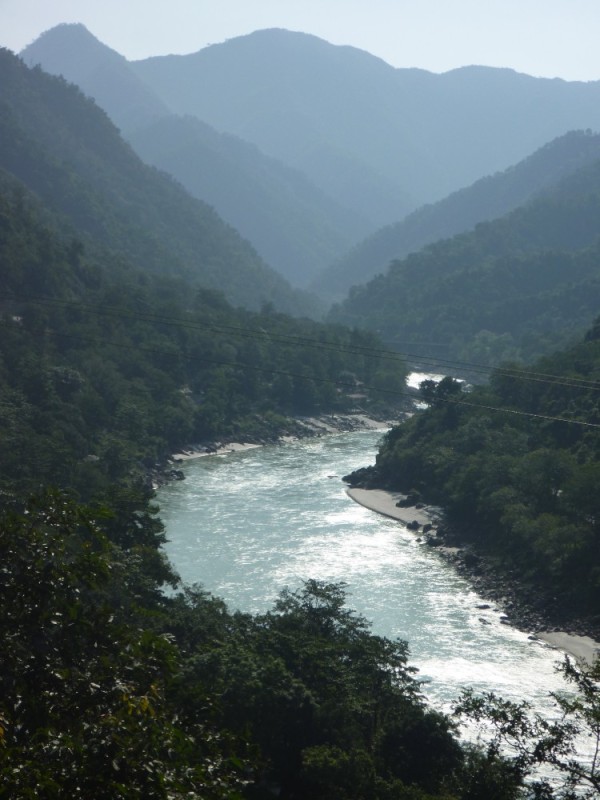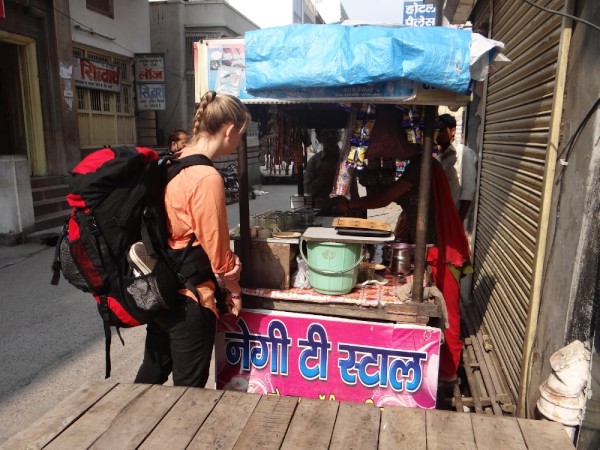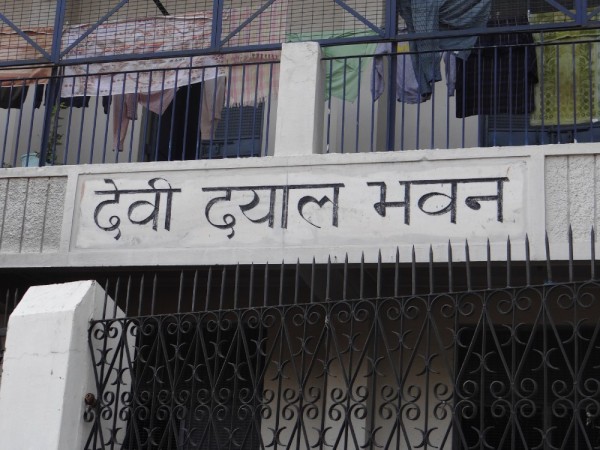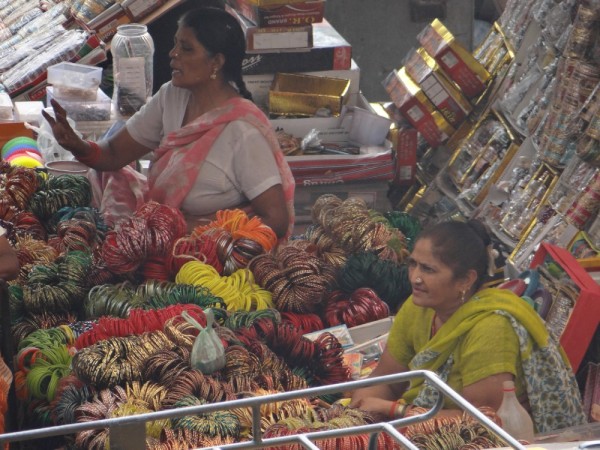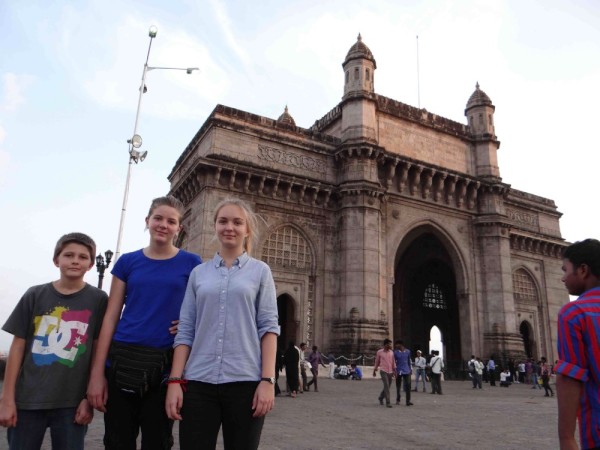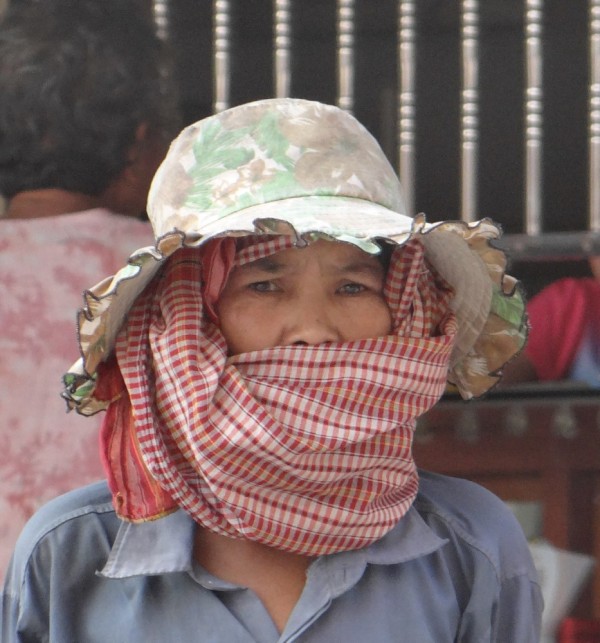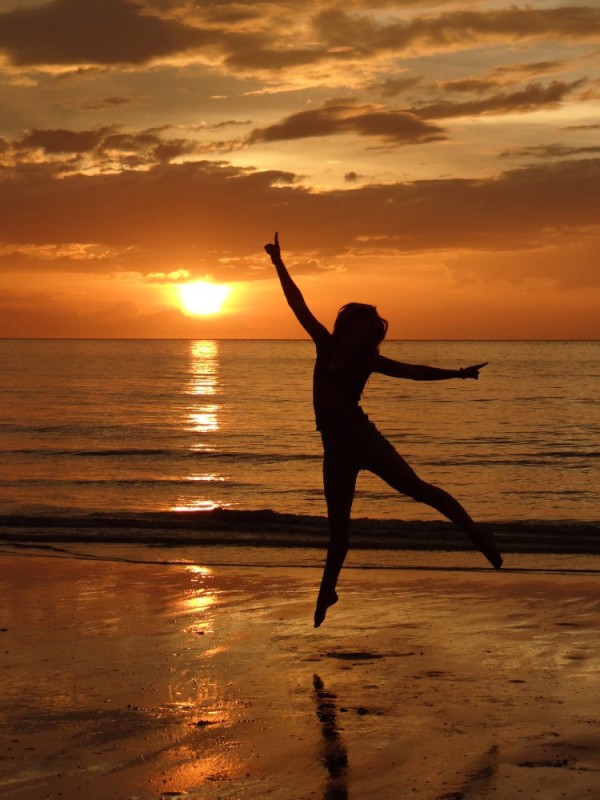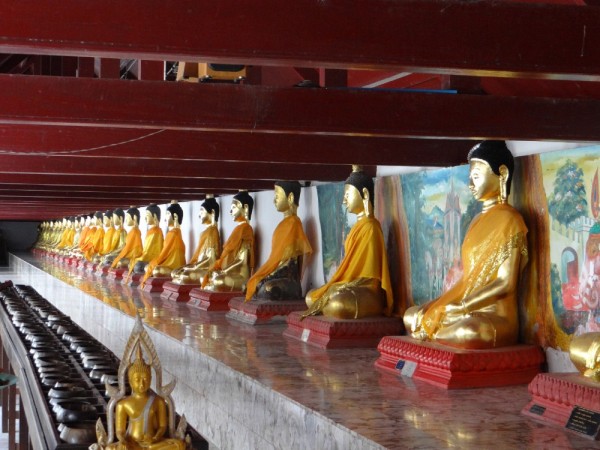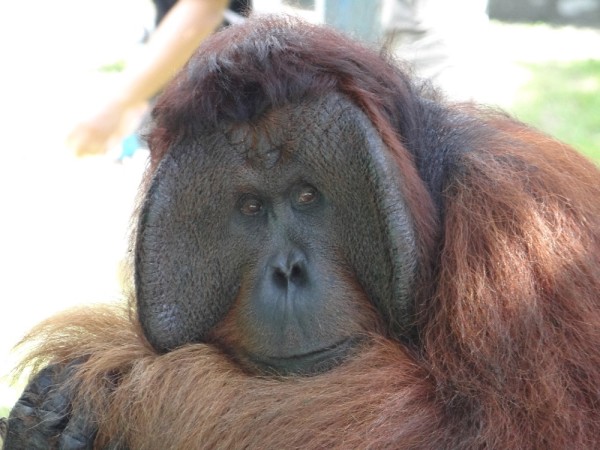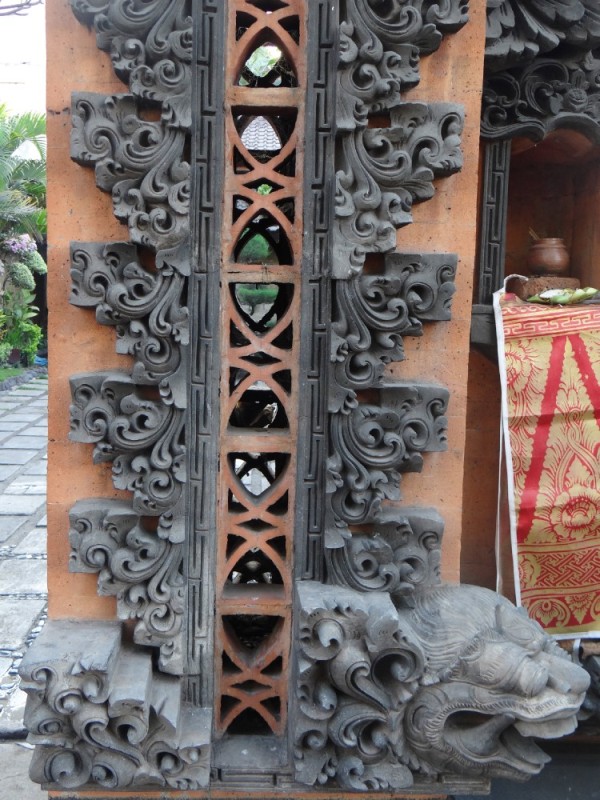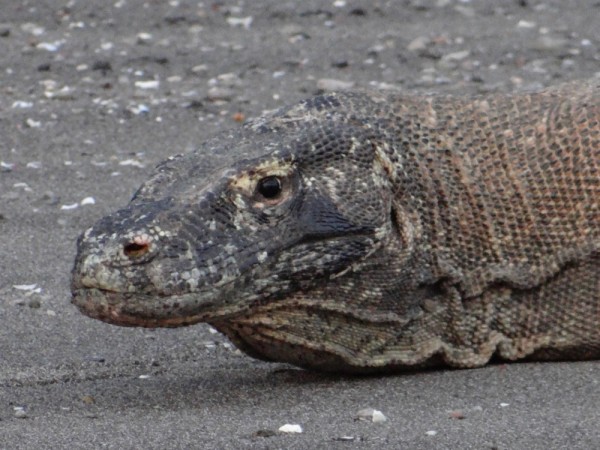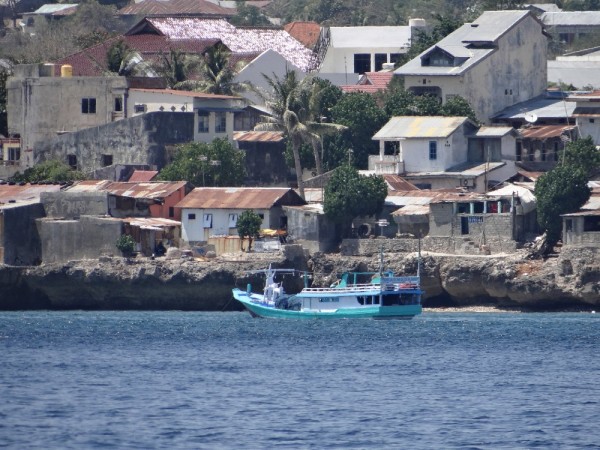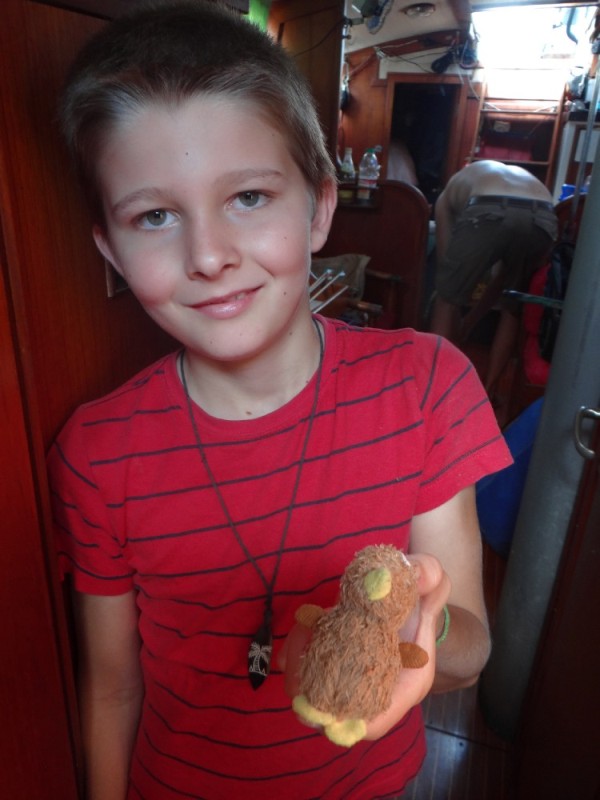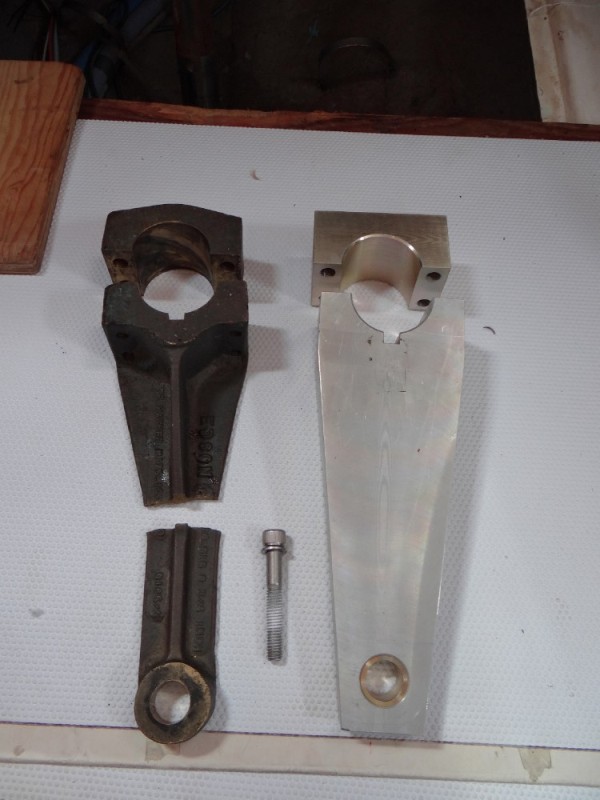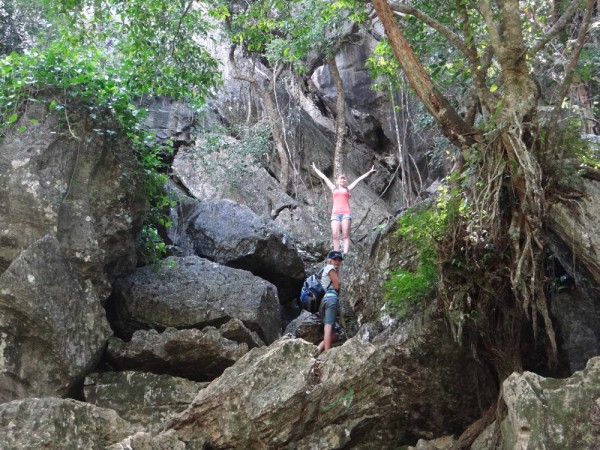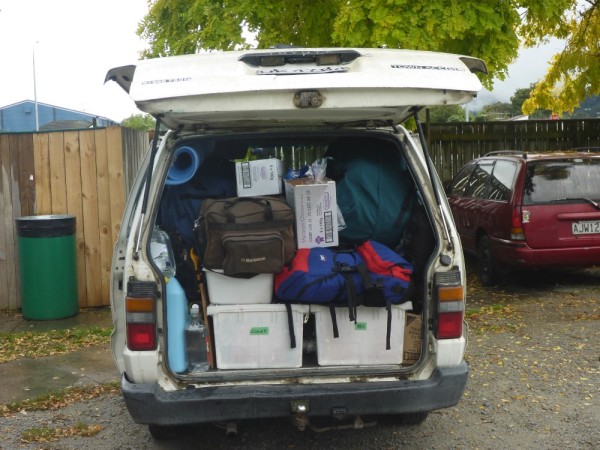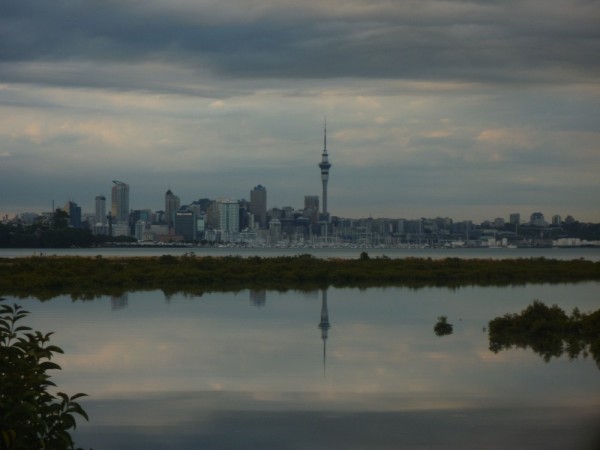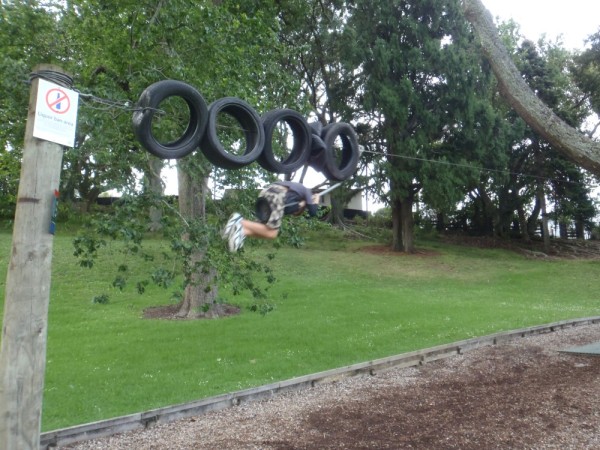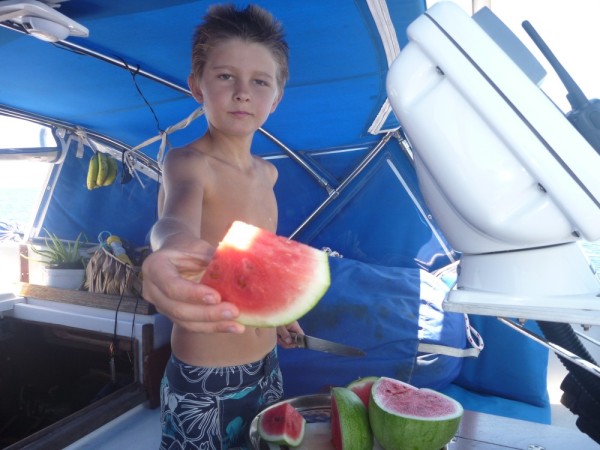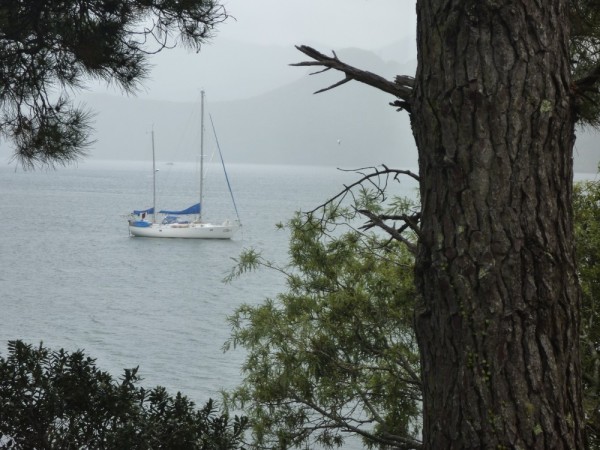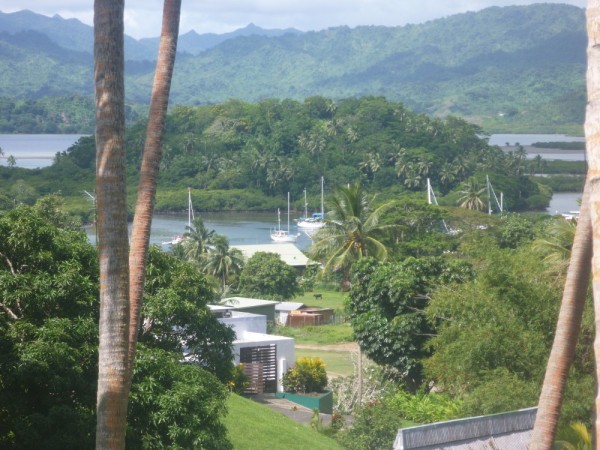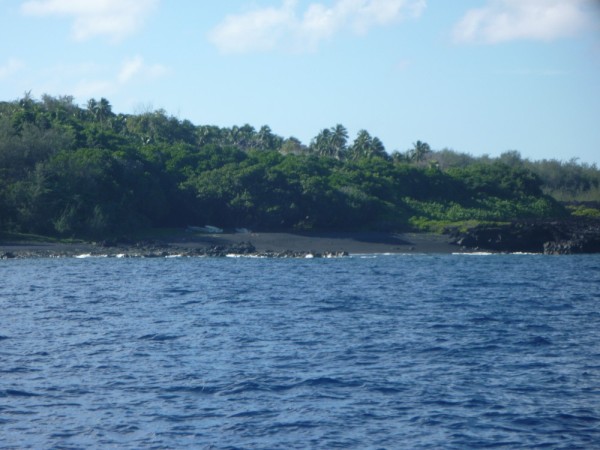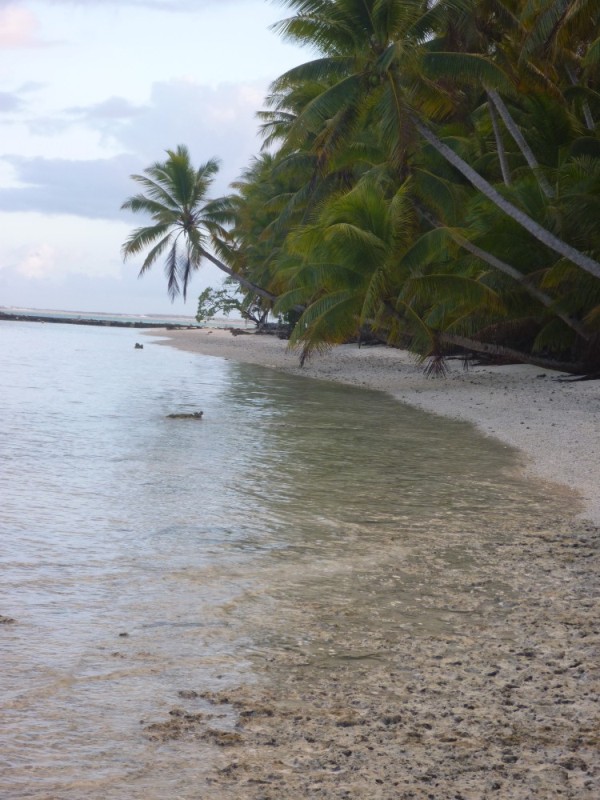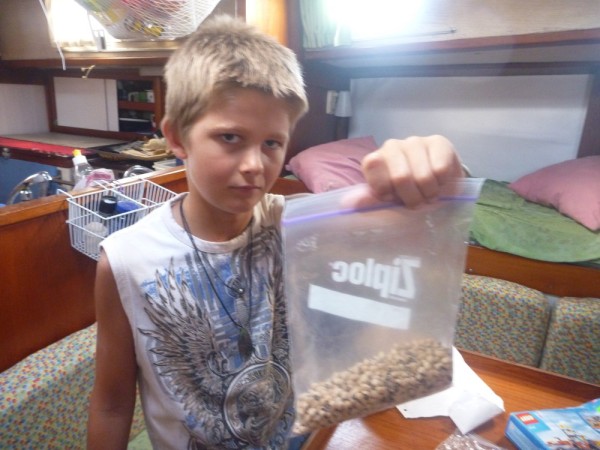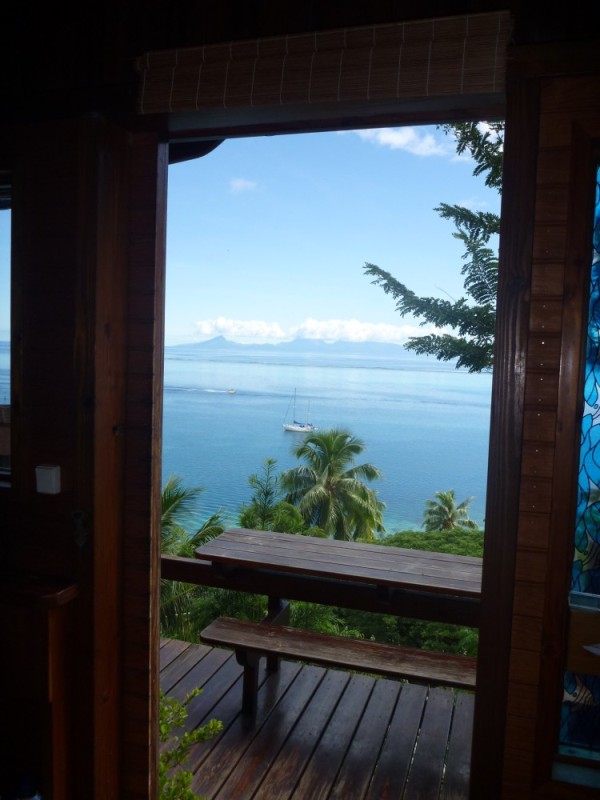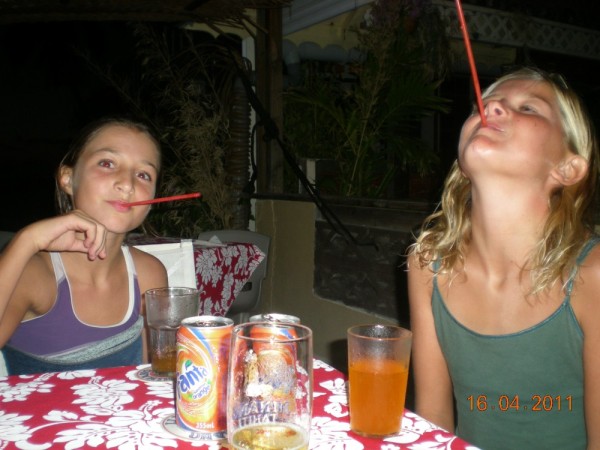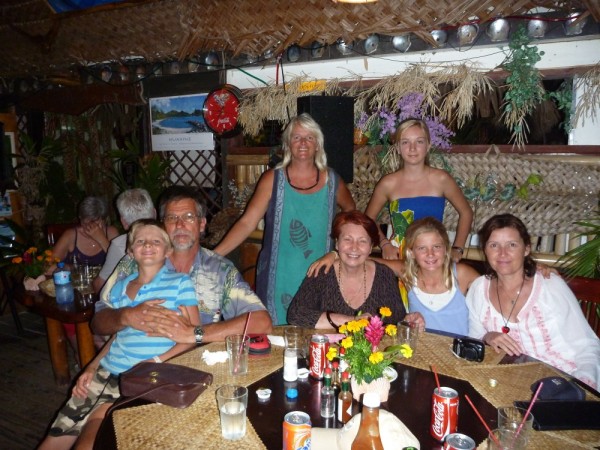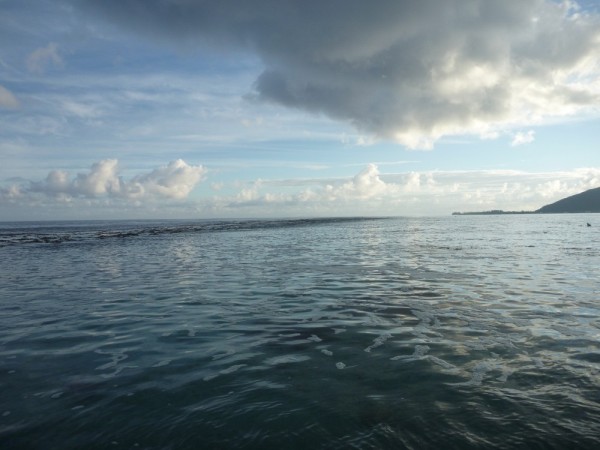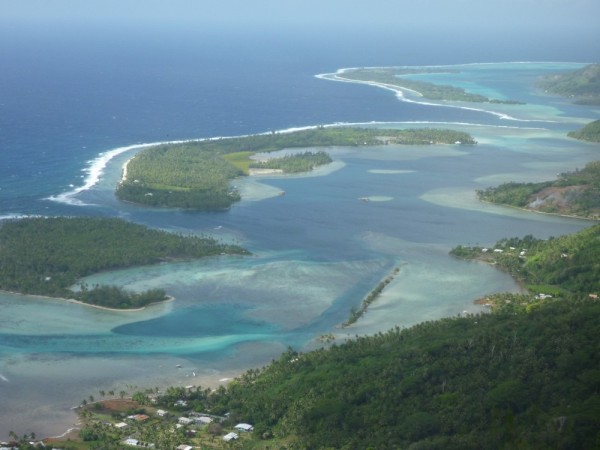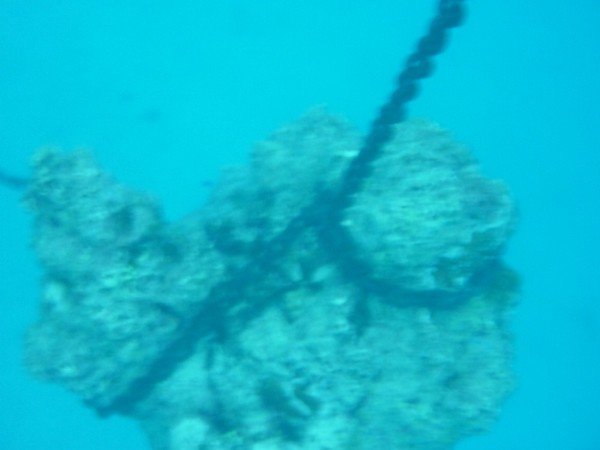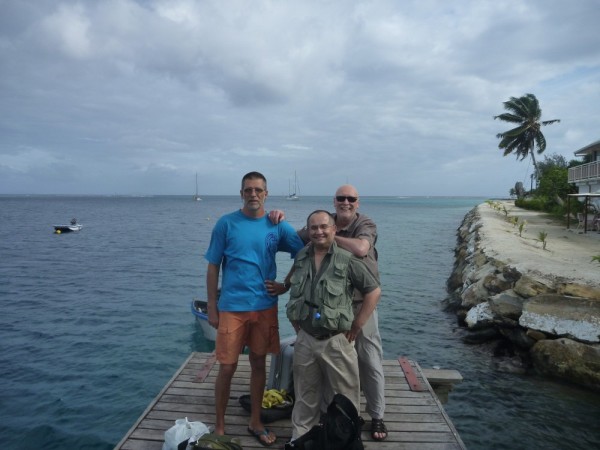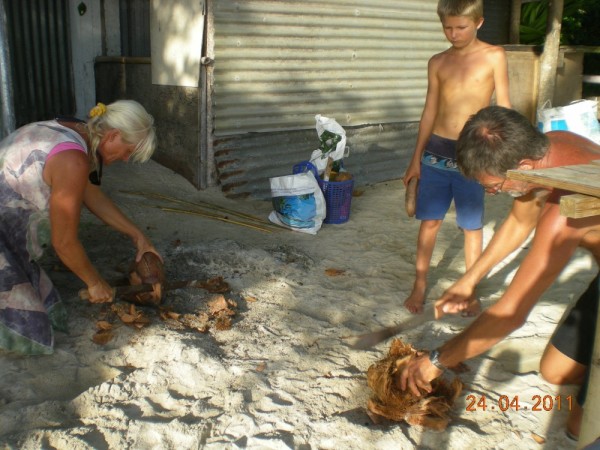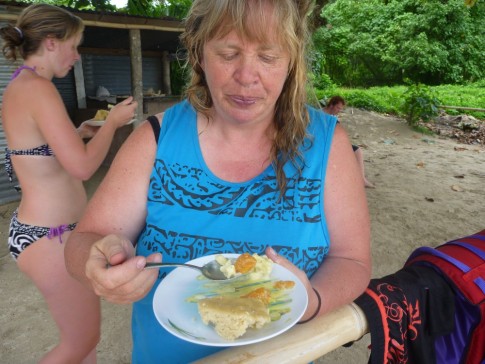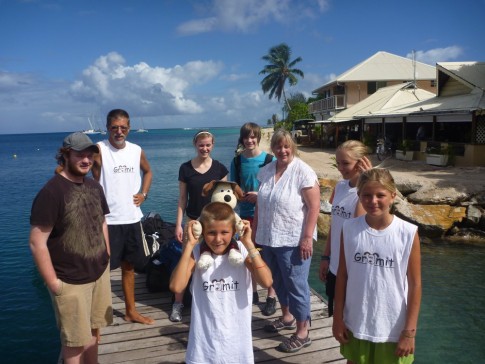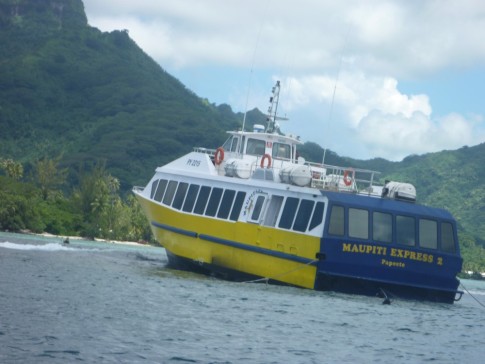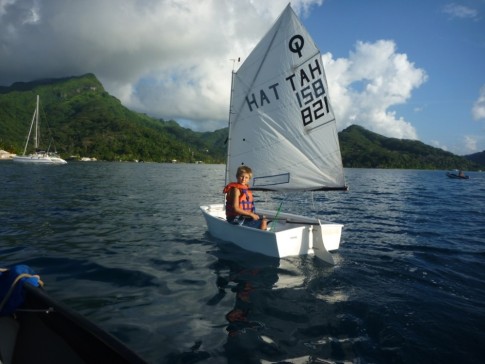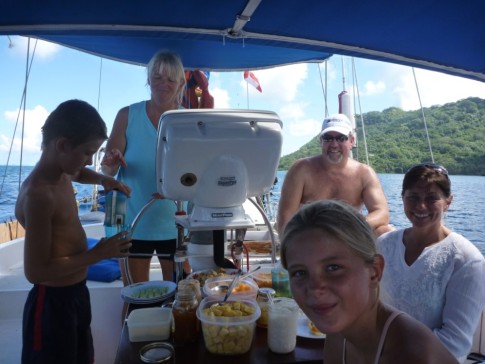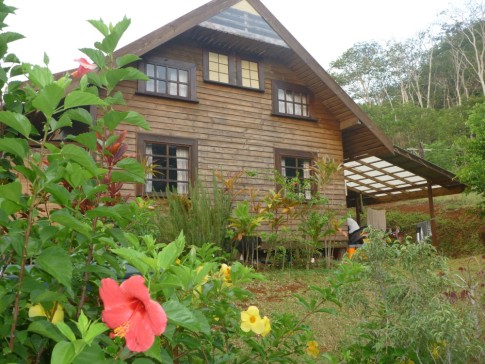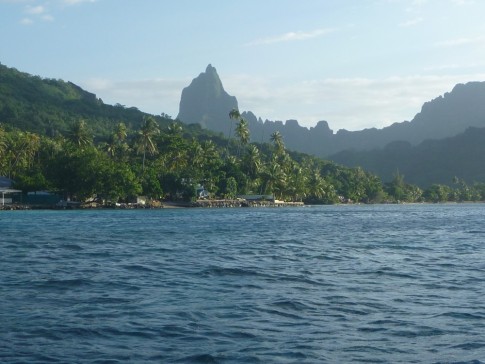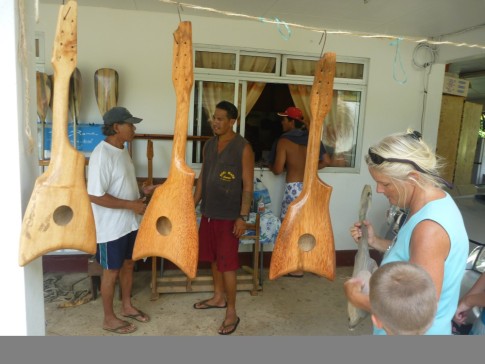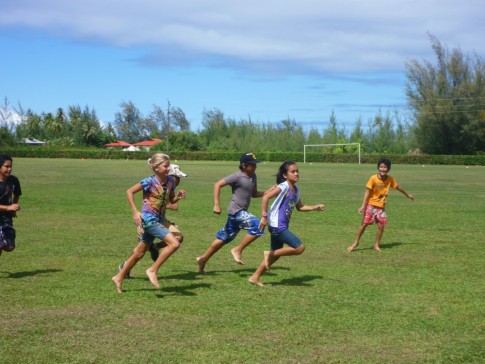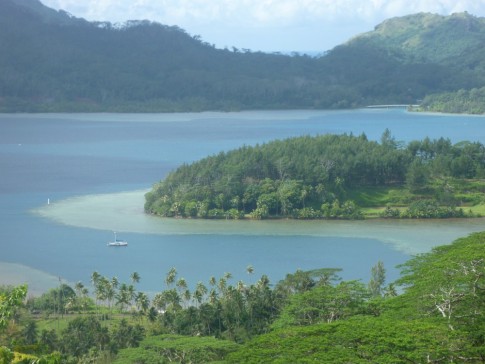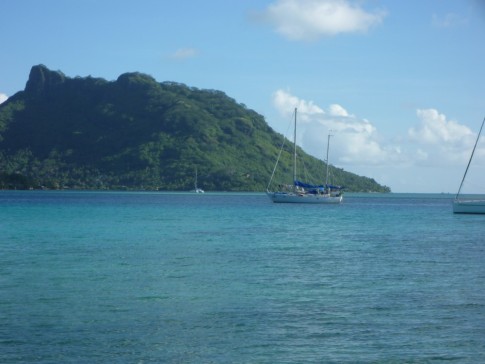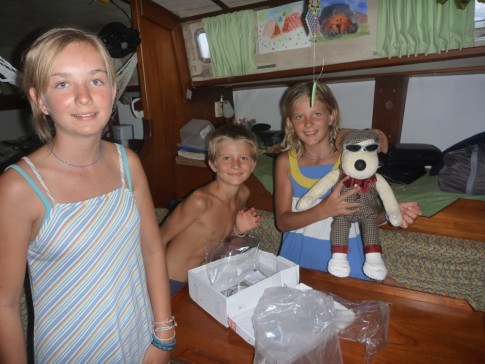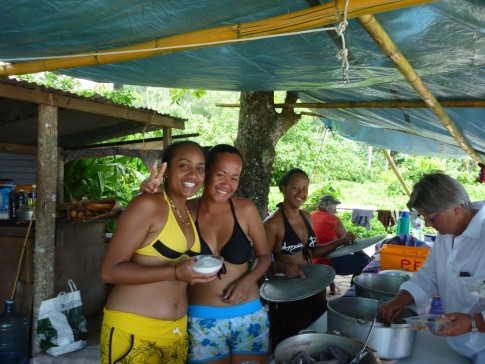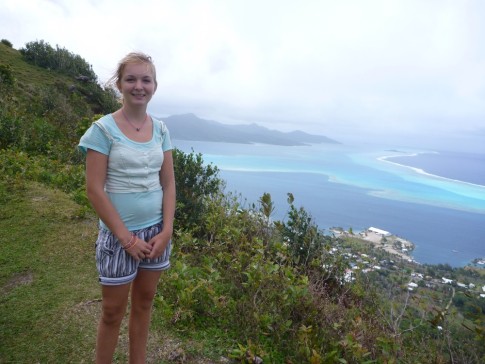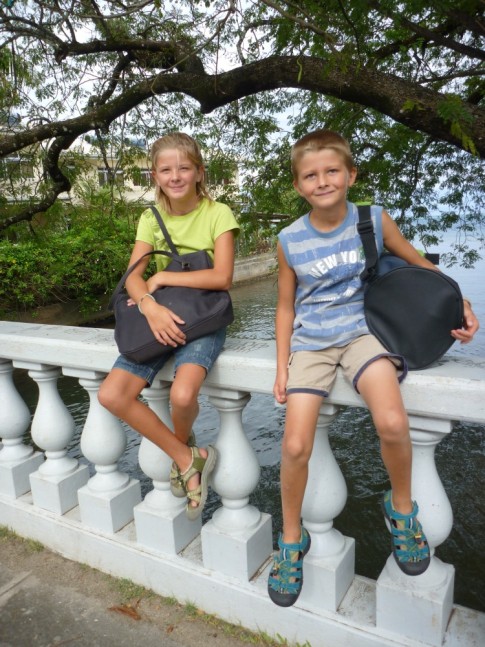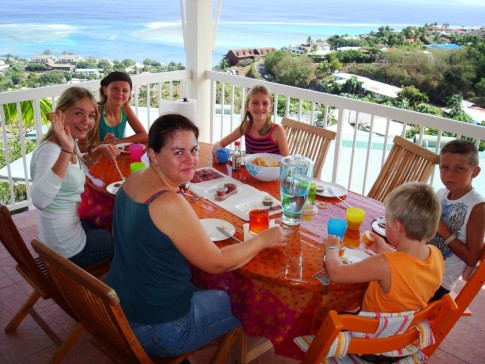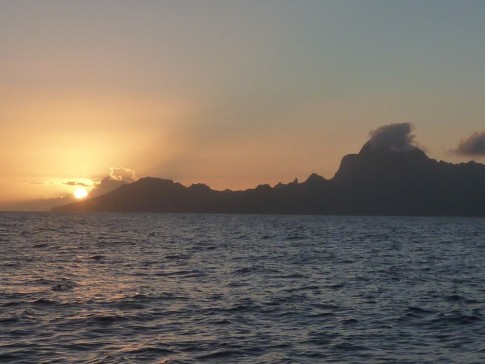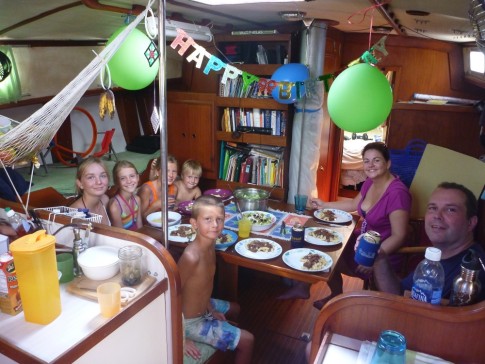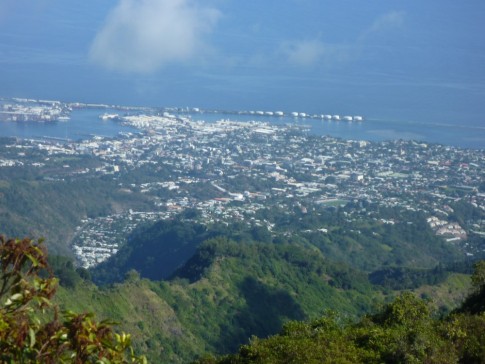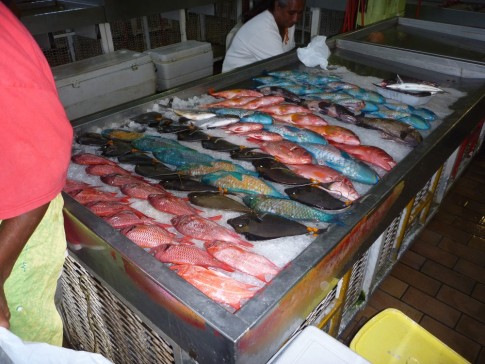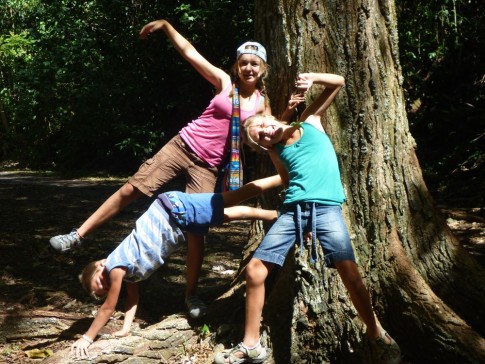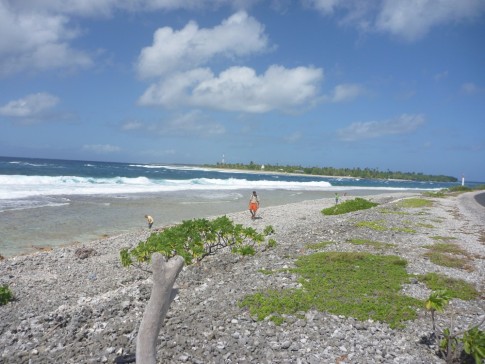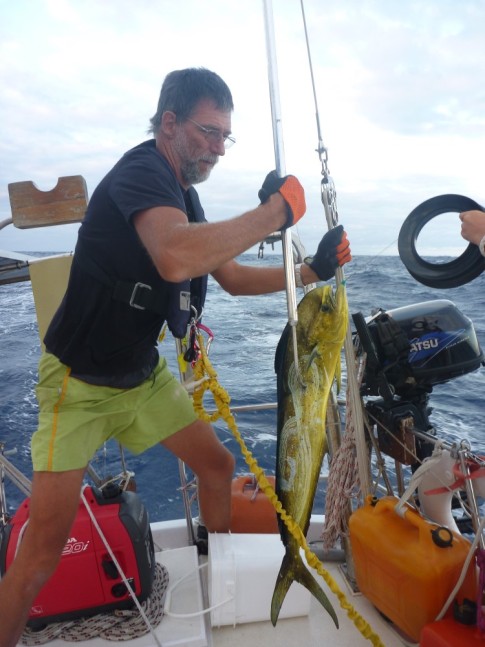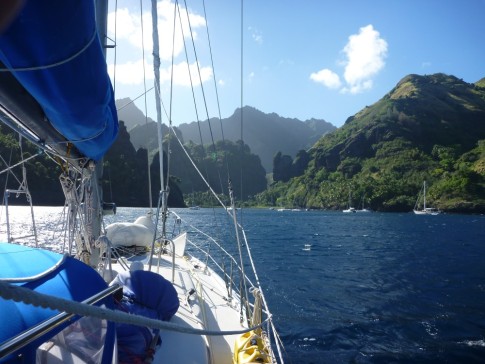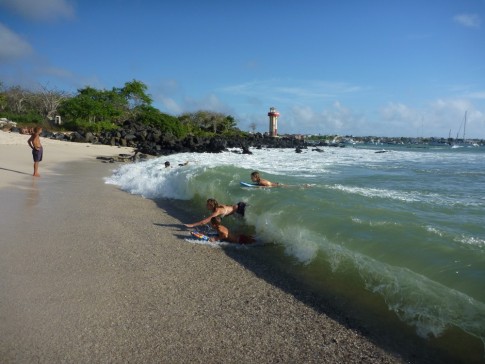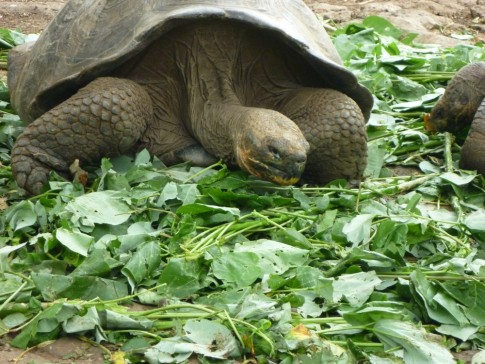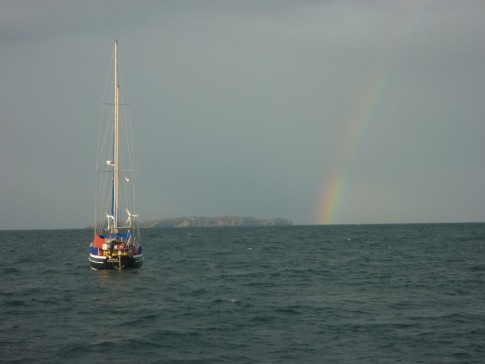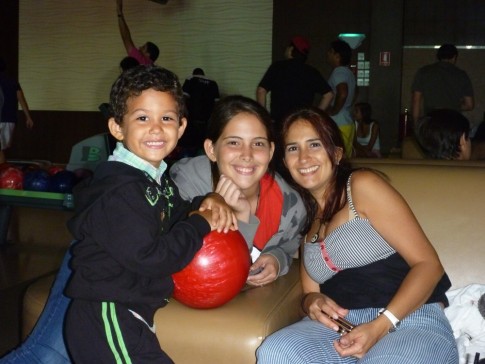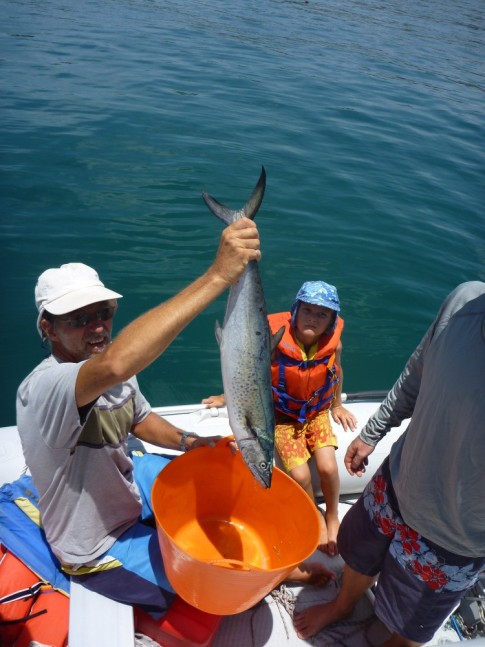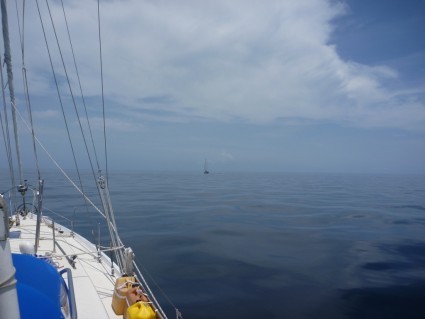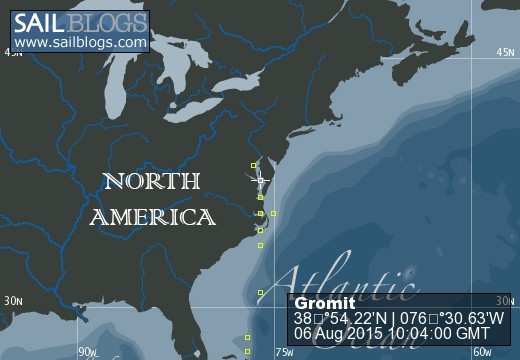
Sailing Gromit
26 March 2016
26 March 2016
26 March 2016
26 March 2016
26 March 2016
26 March 2016
26 March 2016
26 March 2016
26 March 2016
26 March 2016
16 January 2016
16 January 2016
29 November 2015
29 November 2015
18 August 2015 | Home
18 August 2015 | Home
18 August 2015 | Home
18 August 2015 | Home
18 August 2015 | Our house
18 August 2015 | At Home
Lombok and Gili Air Islands
25 October 2012 | Indonesia

Lombok and Gili Air
As we were finishing our one-night passage from Kilo on Sumbawa Island to the island of Lombok, with 4 hours hours to go the wind went from dead calm to 20 knots on the nose in a matter of minutes. Within another few minutes, we were crashing through 2-3 feet high waves on the nose, causing us to slow down substantially! We gave more throttle and pounded along. With the salt spray flying over the bow all the way to the stern, Michael had to clean his glasses every few minutes, so he asked one of the kids to bring him a pot of fresh water, so that he could dip them to rinse off the salt.
Our destination was the tiny island of Gili Air, which lies just off the northwest coast of Lombok Island. The wind had risen to 25 knots and as we motored between Gili Air and Lombok. On the way to our intended anchorage on the south side of Gili Air, we saw, what strikes fear into the heart of any sailor; a sailboat on the reef. I can't describe the feeling I get when I see that. (The next day, we heard from some other sailors that the boat was able to get off the reef with only minor damage. He was so lucky! Most boats, once on a reef, are lost.) We had been in touch with our friends David and Peggy on s/v Rhythm who had left that anchorage to go to a more protected bay 3 miles due south at Lombok Island. We decided that we would join them there and when the winds settled, we would go to Gili Air.
We spent about 5 days at Lombok where we refuelled Gromit and did a tour of the island. We visited a beautiful waterfall, wood carvers, sliver smiths, pottery studio and we saw ikat weaving.
'Ikat' means 'to tie' or 'to bind' and is traditionally made of hand-spun cotton. The process is a long one starting with growing and harvesting the cotton and then spinning it into thread on a spindle. Then the cotton has to be dyed, which is a highly complicated job as the dyer has to work out - before the threads are woven - exactly which parts of the thread are to receive which colour in order to create the pattern of the final cloth. It is believed that the ikat technique was most likely introduced 2000 years ago from China and Vietnam. It is a very long and intense process to make ikat fabric and is therefore quite expensive. Maia gave it a try on the weaving loom that was in front of the shop.
As we drove around Lombok, we were able to see small villages, lots of rice fields and other agriculture, markets and the day to day life of the island.
After a few days, the wind had settled some, so we made our way to Gili Island to join up with a 'kid boat' that we had met in Las Perlas Islands, Panama in 2010. S/v Pickles has 4 kids aboard and has been sailing a few years longer than us. We spent a couple of days together with them - the kids had a great time - and then they had to go to Lombok to refuel and provision.
Gili is a rural island with no motorized vehicles. Walking, bicycling or hiring a horse and cart are the only options for getting around. There is a path/road that circumnavigates the whole island that takes just over an hour to complete. Along the road are restaurants and mostly small 'hotels' with bungalow type accommodations. There are dive shops, boat tour shops and all manner of tourist diversions. Eating out is fairly reasonable, so we had a few meals at various places. Michael and I even had a few days away from Gromit, thanks to Dennis who offered to look after kids and boat. It was our first time away, just the two of us, in about 3 years! Nice.
Time was ticking and the date for Dennis's departure from Bali, so we prepared to sail. The first day took us to the east coast of Bali at Ahmed, where we anchored for the night and then the second day, we motor-sailed to the north coast and anchored at Lovina Beach, (where we still are now). The day after arriving here, we found a driver to take Dennis to the airport at Kuta in the south. We joined him for the ride and saw the beauty of Bali (more on that in my next post). Luckily, Dennis's flight wasn't until the evening, so we had all day to explore. We were sad to say good-bye to him. He became part of the Gromiteers during his 3 month stay with us!
There is a new photo album in the photo gallery.
As we were finishing our one-night passage from Kilo on Sumbawa Island to the island of Lombok, with 4 hours hours to go the wind went from dead calm to 20 knots on the nose in a matter of minutes. Within another few minutes, we were crashing through 2-3 feet high waves on the nose, causing us to slow down substantially! We gave more throttle and pounded along. With the salt spray flying over the bow all the way to the stern, Michael had to clean his glasses every few minutes, so he asked one of the kids to bring him a pot of fresh water, so that he could dip them to rinse off the salt.
Our destination was the tiny island of Gili Air, which lies just off the northwest coast of Lombok Island. The wind had risen to 25 knots and as we motored between Gili Air and Lombok. On the way to our intended anchorage on the south side of Gili Air, we saw, what strikes fear into the heart of any sailor; a sailboat on the reef. I can't describe the feeling I get when I see that. (The next day, we heard from some other sailors that the boat was able to get off the reef with only minor damage. He was so lucky! Most boats, once on a reef, are lost.) We had been in touch with our friends David and Peggy on s/v Rhythm who had left that anchorage to go to a more protected bay 3 miles due south at Lombok Island. We decided that we would join them there and when the winds settled, we would go to Gili Air.
We spent about 5 days at Lombok where we refuelled Gromit and did a tour of the island. We visited a beautiful waterfall, wood carvers, sliver smiths, pottery studio and we saw ikat weaving.
'Ikat' means 'to tie' or 'to bind' and is traditionally made of hand-spun cotton. The process is a long one starting with growing and harvesting the cotton and then spinning it into thread on a spindle. Then the cotton has to be dyed, which is a highly complicated job as the dyer has to work out - before the threads are woven - exactly which parts of the thread are to receive which colour in order to create the pattern of the final cloth. It is believed that the ikat technique was most likely introduced 2000 years ago from China and Vietnam. It is a very long and intense process to make ikat fabric and is therefore quite expensive. Maia gave it a try on the weaving loom that was in front of the shop.
As we drove around Lombok, we were able to see small villages, lots of rice fields and other agriculture, markets and the day to day life of the island.
After a few days, the wind had settled some, so we made our way to Gili Island to join up with a 'kid boat' that we had met in Las Perlas Islands, Panama in 2010. S/v Pickles has 4 kids aboard and has been sailing a few years longer than us. We spent a couple of days together with them - the kids had a great time - and then they had to go to Lombok to refuel and provision.
Gili is a rural island with no motorized vehicles. Walking, bicycling or hiring a horse and cart are the only options for getting around. There is a path/road that circumnavigates the whole island that takes just over an hour to complete. Along the road are restaurants and mostly small 'hotels' with bungalow type accommodations. There are dive shops, boat tour shops and all manner of tourist diversions. Eating out is fairly reasonable, so we had a few meals at various places. Michael and I even had a few days away from Gromit, thanks to Dennis who offered to look after kids and boat. It was our first time away, just the two of us, in about 3 years! Nice.
Time was ticking and the date for Dennis's departure from Bali, so we prepared to sail. The first day took us to the east coast of Bali at Ahmed, where we anchored for the night and then the second day, we motor-sailed to the north coast and anchored at Lovina Beach, (where we still are now). The day after arriving here, we found a driver to take Dennis to the airport at Kuta in the south. We joined him for the ride and saw the beauty of Bali (more on that in my next post). Luckily, Dennis's flight wasn't until the evening, so we had all day to explore. We were sad to say good-bye to him. He became part of the Gromiteers during his 3 month stay with us!
There is a new photo album in the photo gallery.
Comments
| Vessel Name: | Gromit |
| Vessel Make/Model: | Olympic Adventure |
| Hailing Port: | Toronto |
| Crew: | Michael, Cornelia, Zoe, Maia, Liam. Photo: At Tilloo Bank, Elbow Cay, Bahamas (photo by Frank Taylor) |
| About: | Michael: The technical/mechanical/all about the boat and systems guy. Cornelia: The lists/house and land details gal. Zoe, Maia and Liam: Gromit's Skippers in Training! |
| Extra: | Departure date: Summer 2008 email us at: sailinggromit@gmail.com |
Gromit's Photos - Main
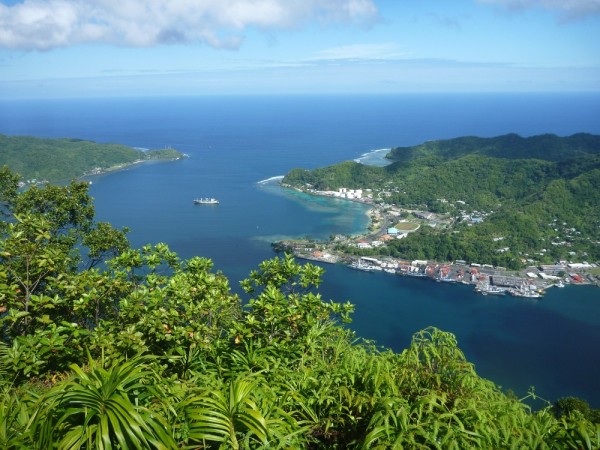 |
Going back in time! Here are some pictures of our time in American Samoa from the end of August to the end of September.
69 Photos
Created 10 January 2012
|
Sailinggromit
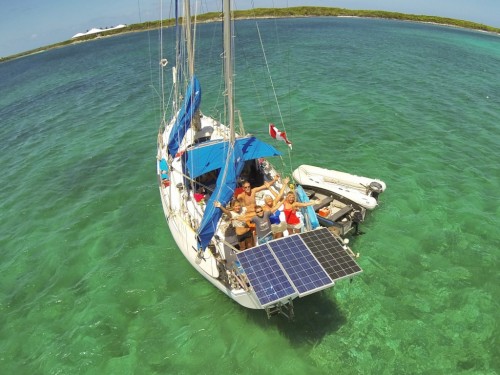
Who: Michael, Cornelia, Zoe, Maia, Liam. Photo: At Tilloo Bank, Elbow Cay, Bahamas (photo by Frank Taylor)
Port: Toronto
